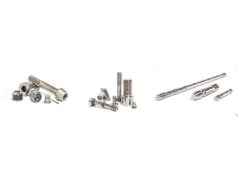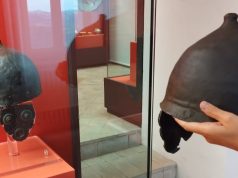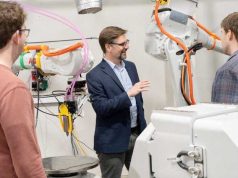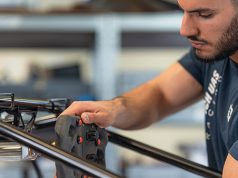The University of Warwick and Ca’ Foscari University in Venice are working together to analyze Roman artefacts. Objects are 3D scanned and processed using VR and 3D printing. This collaboration makes it possible to experience historical objects in a completely new way and could fundamentally change the way we perceive museums in the 21st century.
The project focuses on over 30 religious objects from the Roman settlement of Altinum, the predecessor of today’s city of Venice. Altinum, a larger excavation site than Pompeii, may hold a wealth of undiscovered artifacts. The historical significance of these objects is immense, as they offer insights into the time of the Venetii, a tribe that was integrated into the Roman Empire over the centuries.
The artifacts are being analyzed by historians from Ca’ Foscari University, while engineers from the University of Warwick are using advanced imaging technologies to scan the objects at the highest resolution. This precise digitization makes it possible to decipher inscriptions and details that would otherwise have been lost in damaged or fragmented artefacts.
Professor Mark Williams, head of the Centre for imaging, Metrology and Additive Technology (CiMAT) at WMG commented: “This is an excellent example of universities working together, including across the arts and sciences. This scanning technology has truly exciting possibilities, including for the future of historical learning and we were delighted to be able to assist our Venetian colleagues in bringing a small section of their history to life”.
The importance of this technology lies not only in research, but also in presentation. Instead of viewing artifacts behind glass, 3D printing and VR technology could allow visitors to experience history in a whole new way by allowing them to touch and examine replicas. This is particularly important for fragile or very old objects that would otherwise not be accessible to the public.
Associate Professor Lorenzo Calvelli, a historian at Ca’ Foscari university said: “These artefacts represent the very beginnings of Venice from over two millennia ago, and we are very pleased to be able to bring this history to a wider audience, both here in Italy and in the UK. “It has been excellent to meet and collaborate with colleagues from Warwick, and I am very excited about our future plans to dive deeper into the treasure trove of artefacts that is waiting for us in Altinum”.
Professor Rachel Moseley, Chair of the Faculty of Arts at Warwick, commented: “This is an excellent example of science and the arts working together to create exciting new possibilities. Every day, we see scientific advances allowing us to delve deeper into history in a way which recently we would have thought was impossible. Equally, the arts give science that grounding and philosophy to make these advances tangible to the public. I’m delighted that our new base of Warwick Venice Centre has brought all these excellent researchers together and is already encouraging collaboration in a hugely positive way”.
This project impressively illustrates how the combination of art and science disciplines opens up new ways of exploring the past and bringing it to life for the public. The future could herald an era in which 3D printing and VR technologies fundamentally change the way we understand and experience history.
Subscribe to our Newsletter
3DPresso is a weekly newsletter that links to the most exciting global stories from the 3D printing and additive manufacturing industry.



























